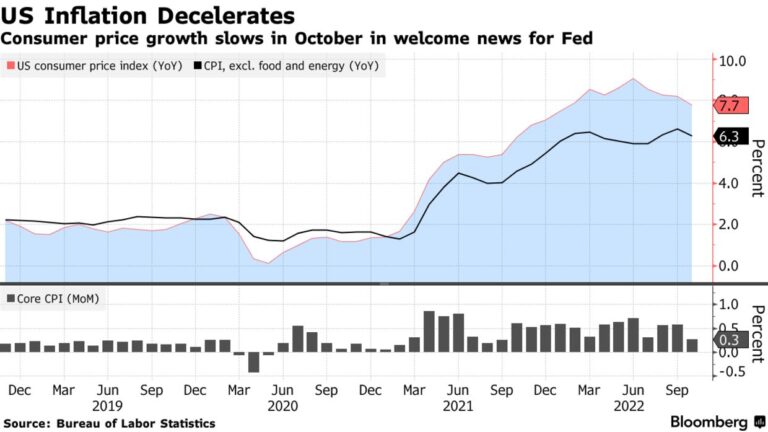UK (Common Wealth ) _ Food inflation dips in the UK in May giving rise to optimism that the sharp rise in grocery costs, which had been uncomfortably high so far this year, may have peaked.
The British Retail Consortium (BRC) said that annual food inflation dropped this month from 15.7% to 15.4% after more than a year of rapid price hikes, even as the growth in retail prices as a whole reaches a new high.
Fresh food inflation, which had been skyrocketing due to astronomical price hikes for eggs, milk, cheese, and sausages, dropped from 17.8% to 17.2%.
Even though the drop in May was only slight, the BRC claimed it showed that food price inflation had peaked and was starting to decline.
The government is developing ideas for a voluntary price cap on necessities like milk and bread, but store associations have criticized the idea as ineffective.
In response to projections that food prices would continue high into the summer and autumn, the Bank of England raised its estimate for inflation, joining a number of other forecasters in doing so. Instead of expecting inflation to be around 3% at the end of the year, it now anticipates it to be above 5%.
Helen Dickinson, the CEO of BRC, stated that decreased retail prices were “largely driven by lower energy and commodity costs starting to filter through to lower prices of some staples”.
According to Dickinson, a recent trend that was pushed by “fierce competition” among UK supermarkets has resulted in lower prices for butter, milk, fruit, and seafood. Because of this, she continued, “British food remains among the most affordable of the major European economies.”
The major supermarket chains are among the many UK retailers that are represented by the BRC.
Dickinson claimed that the rise in the cost of coffee and chocolate due to their “high global costs for these commodities” hindered a further decline in food inflation.
The BRC cautioned the government, however, that because of Britain’s reliance on food imports from the rest of Europe, a new round of border controls following Brexit risked undoing the trend.
When the monetary policy committee meets the following month, the Bank of England is anticipated to raise interest rates from 4.5% to 4.75% in an effort to reduce CPI inflation, which decreased less than anticipated in April to 8.7% due to rising food prices and stubbornly high business service costs.
Dickinson claimed that despite “consumers benefiting from heavy discounts in footwear as well as books and home entertainment,” the decline in food inflation was countered by an increase in non-food expenses.
Inflation outside of food rose to 5.8% in May from 5.5% in April, exceeding the three-month average of 5.7%. Retailers raised prices across the board by 9%, up slightly from 8.8% in April, and this marked a new high for store pricing increases.
According to Mike Watkins, a spokesman for the survey’s creator Nielsen, “Food retailing in particular is competitive, so hopefully the recent price cuts in fresh foods are a sign that inflation has now peaked.”








